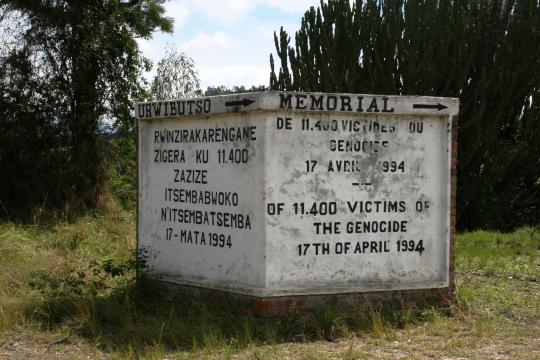1. Case Study 1: Rwanda (1990–1998)
 During the 1994 Rwandan genocide, also known as 1994 Genocide Against the Tutsi in Rwanda, members of the Hutu ethnic majority in the east-central African nation of Rwanda murdered as many as 800,000 people, mostly of the Tutsi minority. 2 million refugees (mainly Hutus) fled Rwanda, exacerbating what had already become a full-blown humanitarian crisis.
During the 1994 Rwandan genocide, also known as 1994 Genocide Against the Tutsi in Rwanda, members of the Hutu ethnic majority in the east-central African nation of Rwanda murdered as many as 800,000 people, mostly of the Tutsi minority. 2 million refugees (mainly Hutus) fled Rwanda, exacerbating what had already become a full-blown humanitarian crisis.
1a. Causes: Colonial legacy & economic situation
The Belgians colonial rulers of Rwanda had promoted the Tutsi as a superior race to the Hutu and offered Tutsi males an education, taught them French, and prepared them for jobs in the administration.
1b. Causes: Ethnic Tensions
Rwanda gained independence in July 1962, however in the following decade ethnic tensions increased into an armed conflict.
1c. Civil War & assassination of Habyarimana
In 1990 the Rwandan Patriotic Front (RPF) invaded Rwanda and a brutal civil war raged until a fragile peace deal was reached in the Arusha Accords in August 1993.
1d. Course & Interventions: RPF, government & media
This page examines the role of the RPF, the Rwandan government and the media in the course of the violence in Rwanda in 1994.
1e. Course & Interventions: Response by international community
On this page we will investigate the international response to the conflict and violence in Rwanda.
1f. Impact: Social, ICT & RPF governments
On this page, you will consider the impact of the conflict and genocide in Rwanda in terms of its social, economic and political effects and the subsequent attempts to gain justice and reconciliation....
